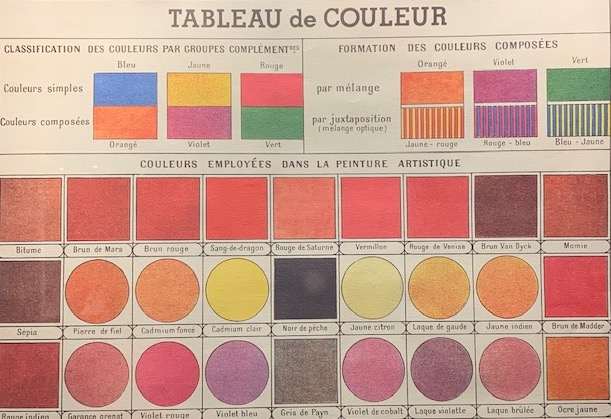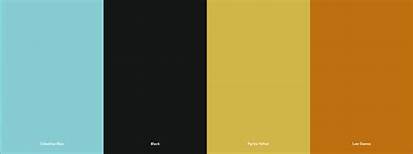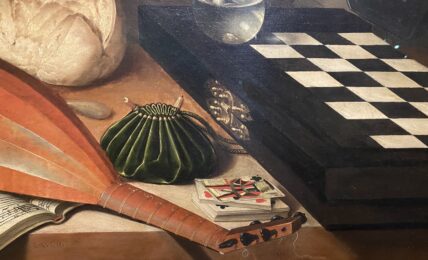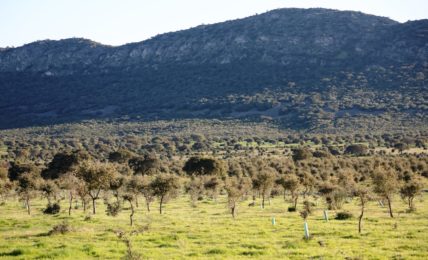Tre libri ci insegnano a viaggiare per colori
'Diario Cromatico' di Maria Morganti ci offre il metodo per capire i colori. Luciana Boccardi con i suoi volumetti ci guida nell'esplorazione del colore. Sanzo Wada con il suo dizionario inventa un genere letterario.






